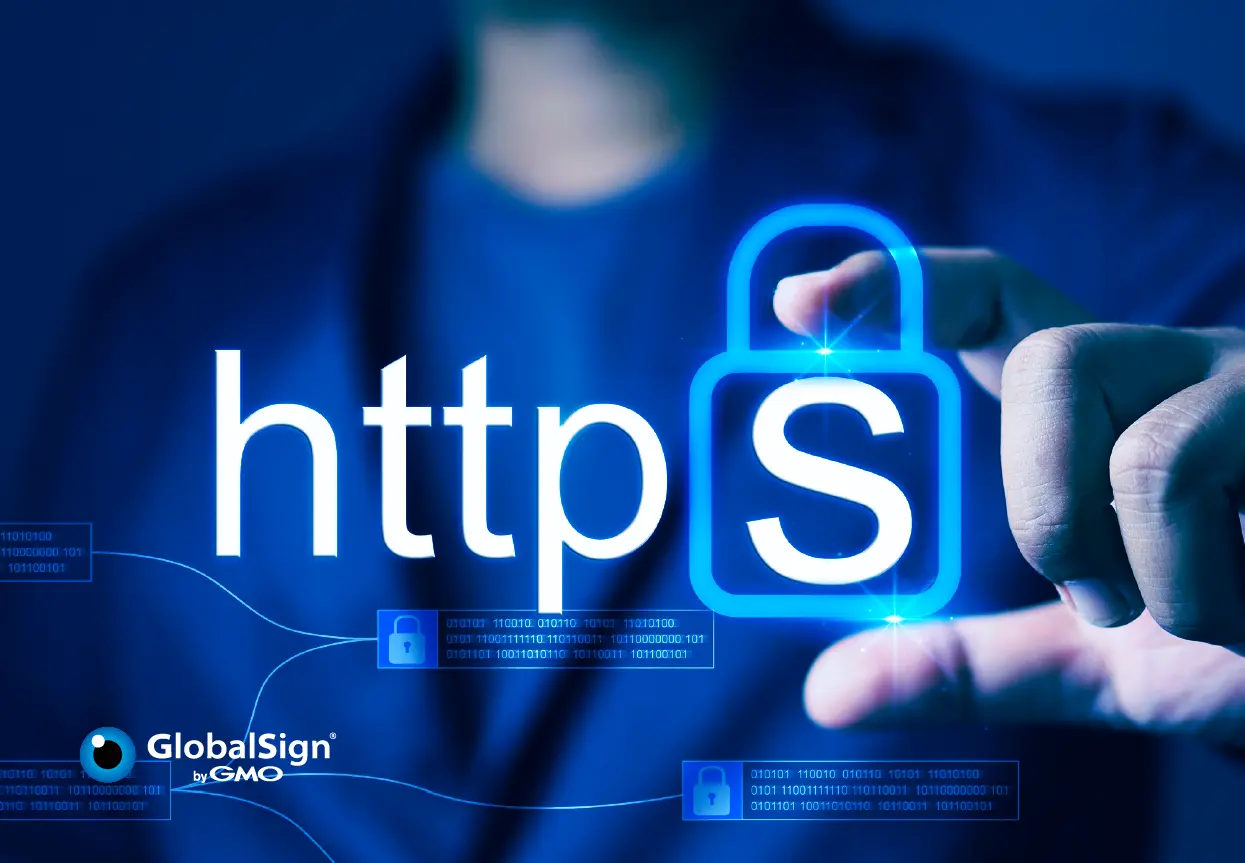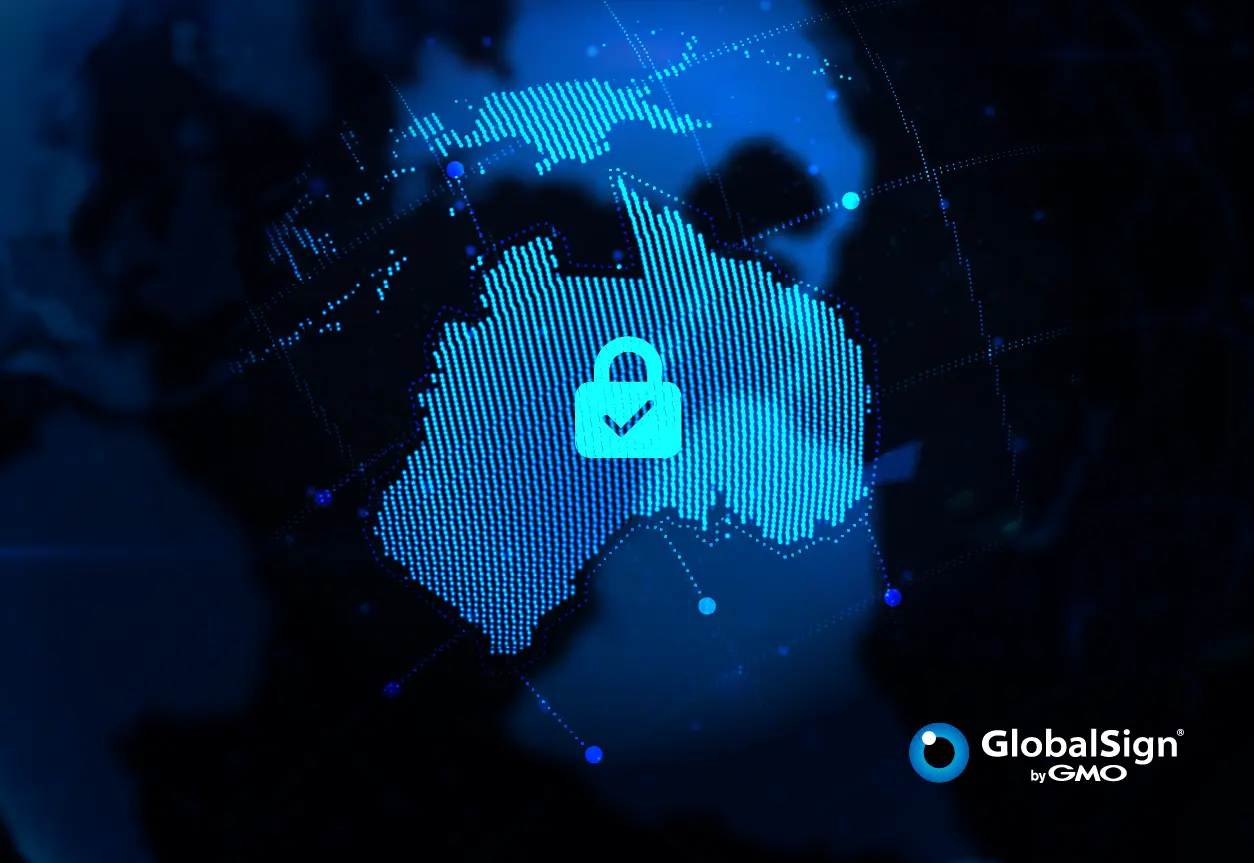Bitcoin is one of the oldest and most widely used peer-to-peer payment systems today whose market cap value at the present moment is much more than other cryptocurrencies. Owing to the extensive popularity, many companies, as well as individuals, have already started integrating Bitcoin as a payment system.
However, there is always a threat looming over the security of digital wallets. Last year we saw multiple ransomware attacks, including WannaCry which attacked several computer systems worldwide using Microsoft Windows and demanded ransom payment in Bitcoin cryptocurrency. Although the transaction process of Bitcoin is based on blockchain technology, making it extremely difficult to hack the information on cryptocurrency, you still need to meticulously secure your Bitcoin wallet.
Let’s first discuss what a Bitcoin wallet is. A Bitcoin wallet is a digital wallet where Bitcoins are stored. Obviously, you cannot store your Bitcoins anywhere as they contain a private key or secret number for every Bitcoin address saved in the wallet. There are different types of Bitcoin wallets, such as a software wallet, online wallet, electronic wallet, hardware wallet or paper wallet. But, before we can discuss the various methods and techniques used to secure Bitcoin wallets, it‘s important to throw some light on the major security concerns and threats.
- To begin with, you must be aware of common threats, such as duping the users through fake cryptocurrencies, the illicit phishing method, secretly knowing the confidential lock PIN code of your phone, attempting to steal the cryptographic keys, etc.
- The hacker can also hack your Bitcoin wallet by using old password backups. This can be done by creating a recovery program. So, even if the password is changed at frequent intervals, it won’t promise that your wallet is safe.
- There is the Sybil attack where the hacker blocks the transactions from all other users as he tries to control the network with nodes. The users can only connect to blocks that are created by the hacker.
- The 51% attack usually occurs during the initial stages of developing a Bitcoin wallet app when the attacker has more computing power than the developer.
- Other forms of attack include slow down time, vulnerable transactions, Denial-of-Service (DoS) and more.
So, now we know some of the common threats and are aware that even the two way authentication process, the mysterious nature of Bitcoin, and the absence of any third-party are not adequate enough to secure the digital transactions. Let’s look into how you can secure your Bitcoin wallets.
Hardware Wallet Storage or Offline Mode
One of the first steps that you can take to secure your Bitcoin wallet is to use cold storage aka storing the Bitcoin values in a hardware wallet. This is also called the offline method since it does not require a link to the internet. This option is not as prone to hacking.
To tell you more, it’s a kind of physical storage similar to what we see with USB drives. However, it is recommended that you should not store a large amount of cryptocurrency in cold storage; the best way is separating the Bitcoins on two fronts. The first, which is a small amount, can be kept online for trading purposes and the second amount can be stored in the hardware wallet.
If we talk about cold storage wallets, then Trezor or the Ledger Nano S can be cited as examples. However, you need to pay a charge of up to $100 for setting up and getting the PIN number, which is the password used to access the wallet contents. You will also get a recovery seed in case you forget PIN or it malfunctions. But, if you lose both your PIN as well as recovery seed, then you will run into trouble.
Creating Backup(s) of Your Wallet
The experts are in the favor of creating backups to remain on the safe side in case the device or data gets lost. You have to back up your entire Bitcoin wallet to protect it against computer failures and human errors. This would include Bitcoin stored in cold storage and small amount kept for trading purposes. You can recover your stolen wallet if it is encrypted.
- You should back up your entire wallet. There are some wallets that contain hidden private keys internally. If you only back up those private keys, and not the whole wallet, you might not be able to recover all of your funds.
- It is important to encrypt your backups, as the funds stored online are prone to theft. Even the computer system connected with internet becomes vulnerable, provided it is not properly secured.
- It’s not a good idea to use a single location for backing up the Bitcoin wallet data. So, make use of multiple locations so that you can recover your lost data easily.
- Regular back up is necessary as it ensures all recent Bitcoin addresses and any new Bitcoin addresses you created are included in the backup. You should do this in case of any hardware crash or if have to go for computer formatting.
Encrypting the Bitcoin Wallet
Encrypting your Bitcoin wallet adds an extra layer of security. The wallet can be encrypted by using a passphrase. The passphrase allows you to lock your coins and it becomes difficult for the hacker to take anything unless he knows your passphrase.
If you are using a mobile device or a laptop to conduct the Bitcoin transaction, then encrypting your wallet becomes all the more necessary as you are connected to the internet.
Strong Password
You should already know this well, but just in case you don’t, the password should be very strong. Include everything from caps to numbers and special characters. Don’t store it anywhere.
Don’t Forget Your Password
Never forget your password or else it will be very difficult to get back your lost fund. Bitcoin offers very few chances of password recovery. So, memorize it.
Updating the Software on Regular Basis
Software updates are one of the most common security measures out there. You must use the latest version of the Bitcoin software irrespective of whichever software you are using. The updated software will keep informed about the latest security fixes. It will also safeguard your wallet features. If your Bitcoin wallet is not updated, then you can easily become the prime targets for the attackers and the phishers.
In addition, it is also equally important to keep your devices up-to-date in which you have stored all the vital data. So, make sure you opt for its servicing too.
Opting for Multi-Signature
Multi-Signature is one of the essential steps that will help ensure that your Bitcoin wallet is safe and secure. Now, what is it? Well, it is a process in which a particular transaction has to get an approval from, for example, no less than three to five individuals.
Any organization can give permission to access its Bitcoin wallet, but the withdrawal of funds can be done under only one condition that the transaction is signed by 3 to 5 people. The Bitcoin wallet uses the multi-signature facility allowing user to take control over his money and preventing from thefts.
Two Factor Authentication Process
One of the techniques to secure a Bitcoin wallet is two-factor authentication (2FA). This process is considered optimum because it requires two pieces of information before it grants access to the wallet. This means, even if someone were to guess or obtain your password, they would still not be able to access your wallet without the other factor.
You have a couple of options for setting up 2FA for your wallet. One is Google Authentication, which uses a six digit number that keeps changing every minute but is always known to you. Another option uses biometrics, which have become very popular. Here you have to give your fingerprint. You can follow any one of the options, whichever is convenient for you. It’s worth noting that not all wallets offer 2FA.
Some Other Methods to Follow
You should follow a number of methods to secure your Bitcoin wallet. Here’s a good checklist:
- Open websites and emails very carefully. A number of phishing emails are sent through Google Ads and this is becoming common these days. Make sure that the emails contain proper addresses and have correct domain names. It is advisable to use a non-public email for carrying out crypto transactions. Also, be cautious while using Wi-Fi (especially public Wi-Fi) when connecting to the internet.
- Turn off automatic updates that are related to your Bitcoin wallet so that the software does not get updated on its own without your permission. If you fail to do that, your system can get affected with bugs and this would literally mean that you will lose all your vital data. You can wait for a couple of days after the update is released to check if a bug is present or not.
- Check if there is any SSL security mark in the address window of your web browser. This is a security sign that indicates that your browser is encrypted. The website should always begin with HTTPS.
- Check the address of the sender twice or even thrice before sending him the payment. An attacker can attack on the address and use the copy paste option to send the money to a different address. The best possible option is first sending a very small amount and once it gets verified, then send the larger amount.
Conclusion
We all know that the attackers today have become very smart and technologically intelligent. With its rise in popularity, there have been a number of incidents involving theft of Bitcoin. We can cite some major incidents here.
In June 2011, a Bitcoin user lost about $500,000 bitcoin to hackers. Similarly, in March 2012, hackers were successful in stealing about $46,703 bitcoins by attacking the online web host Linode.
So, we need to stay alert and always keep the system and software updated. The storage of Bitcoin values, creating a backup and data encryption are all essential in this regard.
About the Author
Mehul Rajput is an entrepreneur and CEO of Mindinventory, a Blockchain development company. He does blogging as hobby and love to write on mobile technologies, startup, entrepreneur and app development.
Note: This blog article was written by a guest contributor for the purpose of offering a wider variety of content for our readers. The opinions expressed in this guest author article are solely those of the contributor and do not necessarily reflect those of GlobalSign






